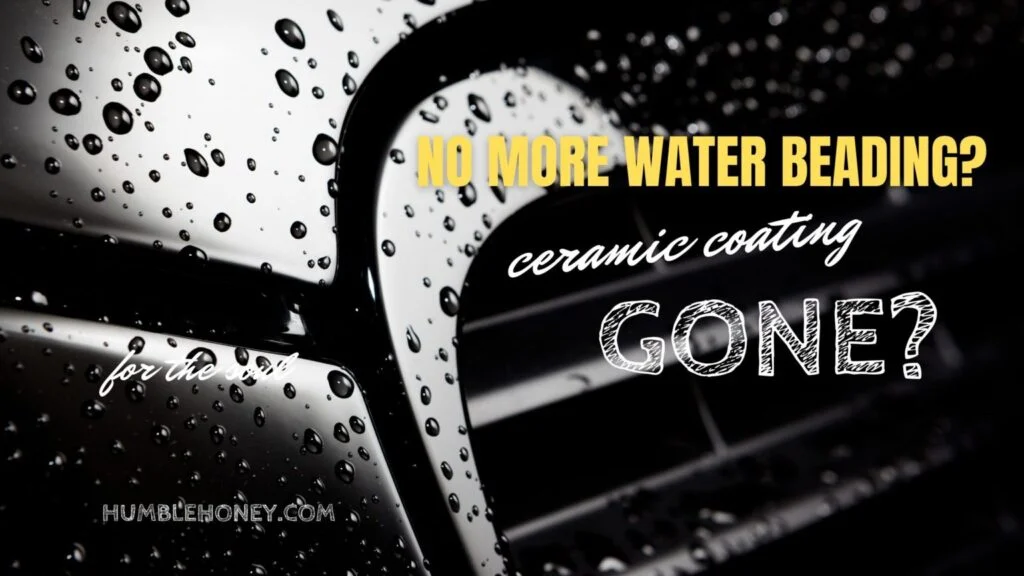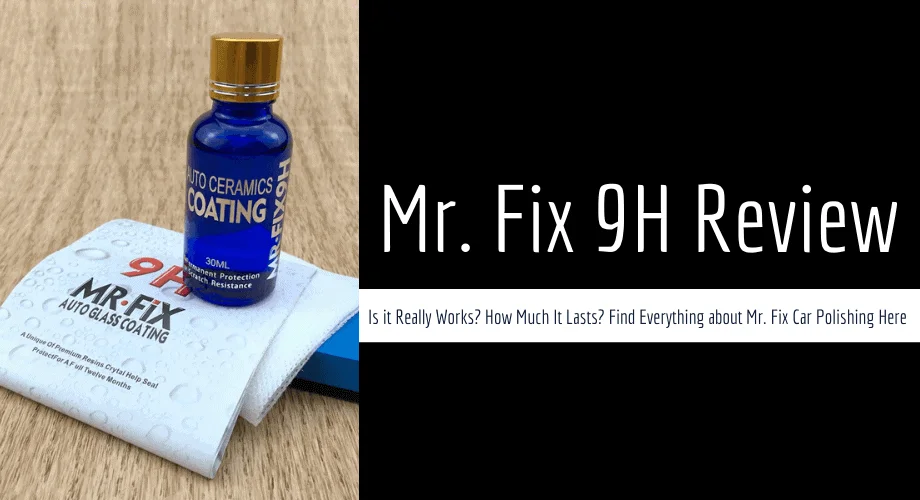Table of contents
Some customers believe that once the beading ends, the paint is no longer protected by the ceramic coating. It is not true. Water beading isn’t reliant on paint protection to work. It may appear and go at will without affecting the underlying security. For water to bead, your paint doesn’t even have to wear any protection.
Ceramic coating protection isn’t required for water beading. It may appear and go without affecting the underlying layer. Water beading doesn’t even need any protection. So, why is that, and how can you tell whether a vehicle is safe? Here’s how we’ll do it.
Ceramic coating particles are so tiny that when they are put to a surface, they can seal all pores, making the surface hydrophobic (water repellent) and resistant to chemicals, UV damage, high heat, and anti-graffiti. This remarkable Ceramic layer is transparent to the naked eye. The nano ceramic coating seems to establish a semi-permanent connection with a vehicle’s surface, resulting in creating a “sacrificial” layer that is resistant to washing, cleaning, and even rain. It usually lasts for a long time. They resist water and grime like no other material, making them very simple to clean. The hardness makes it simple to avoid swirl marks and tiny scratches while washing.
Beading is Not Permanent!
The hydrophobic action that causes water to bead is independent of whether or not your paint is protected. Instead, it is based on a concept known as surface energy. For water to be repelled, the surface energy of your paint must be lower than the surface energy of water. Hydrophobic coatings reduce the surface energy of paint, causing water to condense into beads.
However, surface energy can readily change. It rises when your paint becomes filthy or if you use a wetting agent-based fast detailer or car wash soap. If your ceramic coating isn’t beading, you may need to clean it or wash it down with IPA to eliminate any wetting aids.
Buy Our Super Ceramic Coating DIY Kit Here!
Getting Beading without Protection
You’ve seen the products like bead makers, things that cause water to bead up quickly. However, they aren’t actually providing you with any protection. You’ll still have to deal with oxidation and pollutants that cling to the surface.
How to check ceramic coating IS worn off?
The most reliable method is to use a paint thickness gauge to measure the thickness of your paint before covering it. After the coating has dried, take another measurement. After that, make a note of the numbers. When determining if the coating is still there, measure the paint thickness to determine whether it has returned to its pre-coated level.
A paint thickness gauge, however, is not available to everyone. Slickness may serve as a warning sign or a kind of protection. Slide your finger over the paint using the tip of your finger. Do you sense any abrasion? It’s possible that your covering has worn off. Anti-contaminant protection relies heavily on slickness.
Suppose you have a long-lasting ceramic coating from respectable manufacturers like Super Ceramic Coating that can only be removed by severe abrasion (think machine buffing) and was appropriately applied. In that case, your coating is most likely still intact for at least 2 Years. For longer protection, we recommend you add one top coat every year.





